With rapidly evolving consumer preferences, a new generation of wine drinkers, and increasingly stringent regulations in the wine industry, top wineries continuously innovate to stay ahead of the curve. Strategy-minded wineries are turning to winery management software platforms to streamline their operations and increase efficiency. However, implementing new winery software, such as an enterprise resource planning solution (ERP), can be a complex and challenging process, often requiring significant changes to processes. To help drive maximum ROI from ERP implementation, winery owners and leadership should leverage the principles of organizational change management. Keep reading to learn how.
Understanding Organizational Change Management
Organizational change management (OCM) is a structured approach to transitioning individuals, teams and organizations from the current state of operations to a desired future state. When implementing winery software or any other ERP solution, change management is crucial to ensure the smooth adoption of new processes and technologies.
Engaging all stakeholders, including employees, leadership and vendors, is necessary to ensure they understand and support the change. This engagement should be an ongoing process, allowing for open dialogue, feedback and collaboration throughout the implementation.
Communication of the benefits, risks and expectations of the change to all stakeholders is also vital. Effective communication helps to address any concerns or misconceptions and can significantly increase stakeholder buy-in.
Providing the necessary training and support helps stakeholders adapt to the new processes and technology. This might involve a combination of formal training sessions, workshops and the engagement of
NetSuite support resources, including on-demand training and tutorials. Continuously monitoring the progress of the change and gathering feedback allows for necessary adjustments. This feedback loop is essential for identifying and addressing any issues that may arise during the implementation process.

Assessing the Impact of Winery Management Software
Before you adopt new winery management software, it's essential to understand its potential impact on your organization. This requires an in-depth analysis of the current state of your operations and a clear vision of the desired future state.
The first step is determining which processes and workflows will be affected by the ERP implementation. For example, the new solution might impact procurement, production planning, harvest processes, inventory management, and/or sales and distribution processes. By documenting these processes, you can prioritize the areas that require the most attention during the implementation.
Next, leadership should identify areas where current processes are inefficient, time-consuming or error-prone. For instance, you might find that manual data entry is leading to errors in your inventory management, or that a lack of real-time data is causing delays in production planning. These pain points can help you build a strong case for change and demonstrate the potential benefits of a new winery management solution.
Develop a clear picture of how the winery management software will improve efficiency and streamline operations. By understanding these benefits, you can set realistic expectations for the implementation and measure success.
Creating a Change Management Plan in 5 Steps
Once you have a clear understanding of the impact of the winery management software, a comprehensive change management plan can (and should) be created. This plan must outline the strategies and tactics for managing the transition, as well as the roles and responsibilities of stakeholders.
- Start by establishing clear, measurable objectives for the change management process. These objectives should be directly tied to the expected benefits of the winery management software and should provide a means of tracking progress and success. For example, you might set objectives related to reducing manual data entry errors, decreasing production lead times, or increasing overall operational efficiency.
- Then, identify all stakeholders affected by the change and their roles in the process. This includes employees who will use the software, management who oversee the transition, and vendors who might need to interface with the new system. By understanding each stakeholder's role and responsibilities, you can better address their concerns and ensure their active participation in the change management process.
- Develop a communication plan by outlining the methods, frequency and content of communication with stakeholders.
This plan should include regular updates on the progress of the implementation, as well as opportunities for stakeholders to ask questions and provide feedback. A variety of communication channels can be used, such as email updates, town hall meetings or an internal website dedicated to the change management process.
- Design a training program to help stakeholders learn the new processes and technology.
This program should be tailored to the specific needs of each stakeholder group, taking into account their existing skill sets and the requirements of the new winery software. Training can be delivered in various formats, including in-person workshops, e-learning modules or on-the-job training with a mentor.
- Develop a support structure to assist employees and all stakeholders during and after the transition. This might involve setting up a helpdesk to handle technical issues or assigning change management champions within the organization to provide guidance and support. A robust support structure can significantly improve employee satisfaction and increase the likelihood of a successful implementation.
Regularly monitor the progress of the change and make adjustments as needed based on feedback. This ongoing evaluation is crucial for identifying potential issues early and ensuring that the change management process remains on track to achieve its objectives.
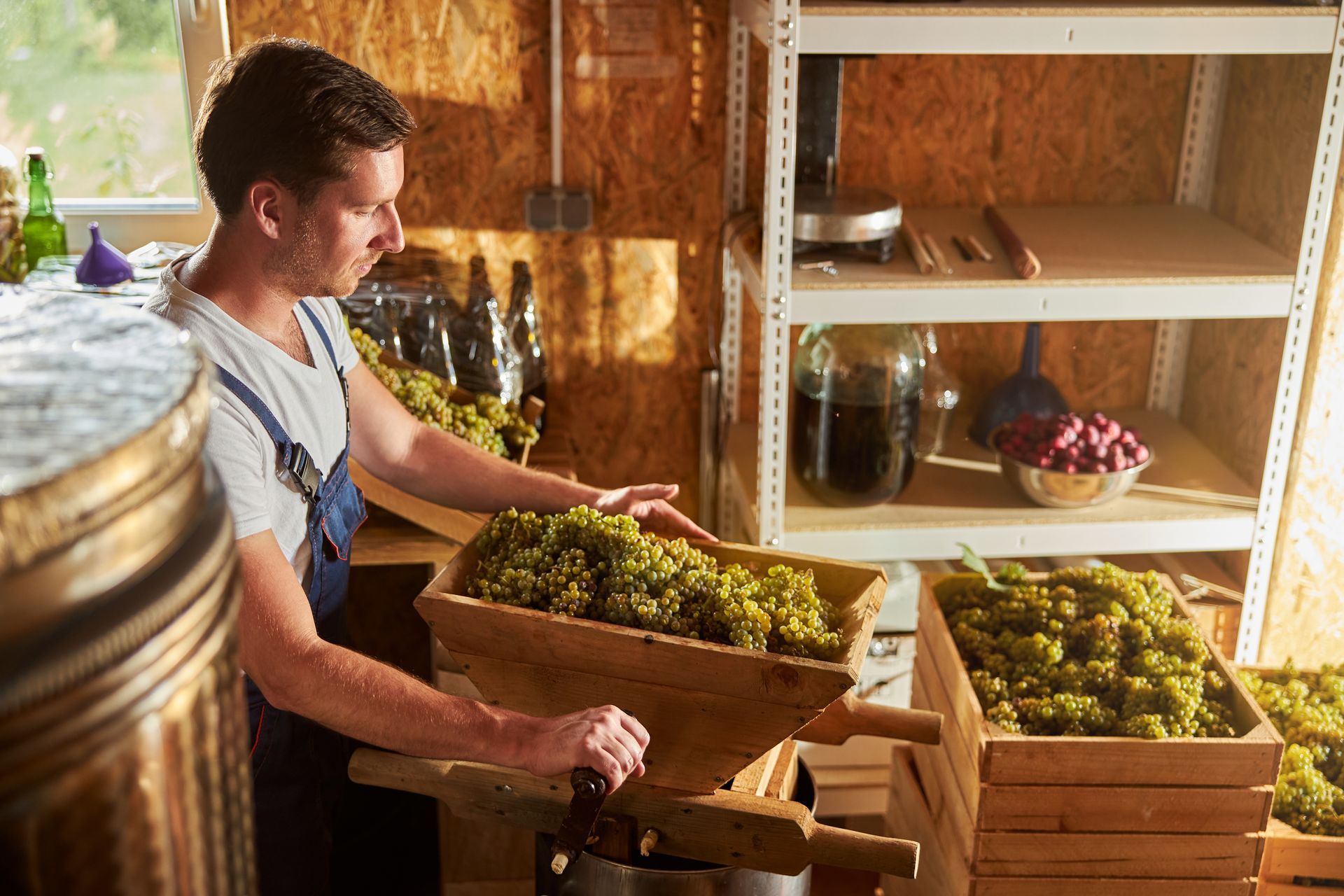
When should you get on board?
The Center for Science in the Public Interest is encouraging companies to start putting these things on the label long before the regulations go into effect. They hope to use some early adopters to push the regulatory work forward.
With the EU pursuing similar policies, these requests won’t go away any time soon! Why not embrace the alcohol labeling regulations and use your beverage ERP software to get a jump on staying compliant?
If you want to chat about how Crafted ERP can help you get a head start on these regulations,
contact us. Our team of beer, wine and spirits professionals is ready to help!

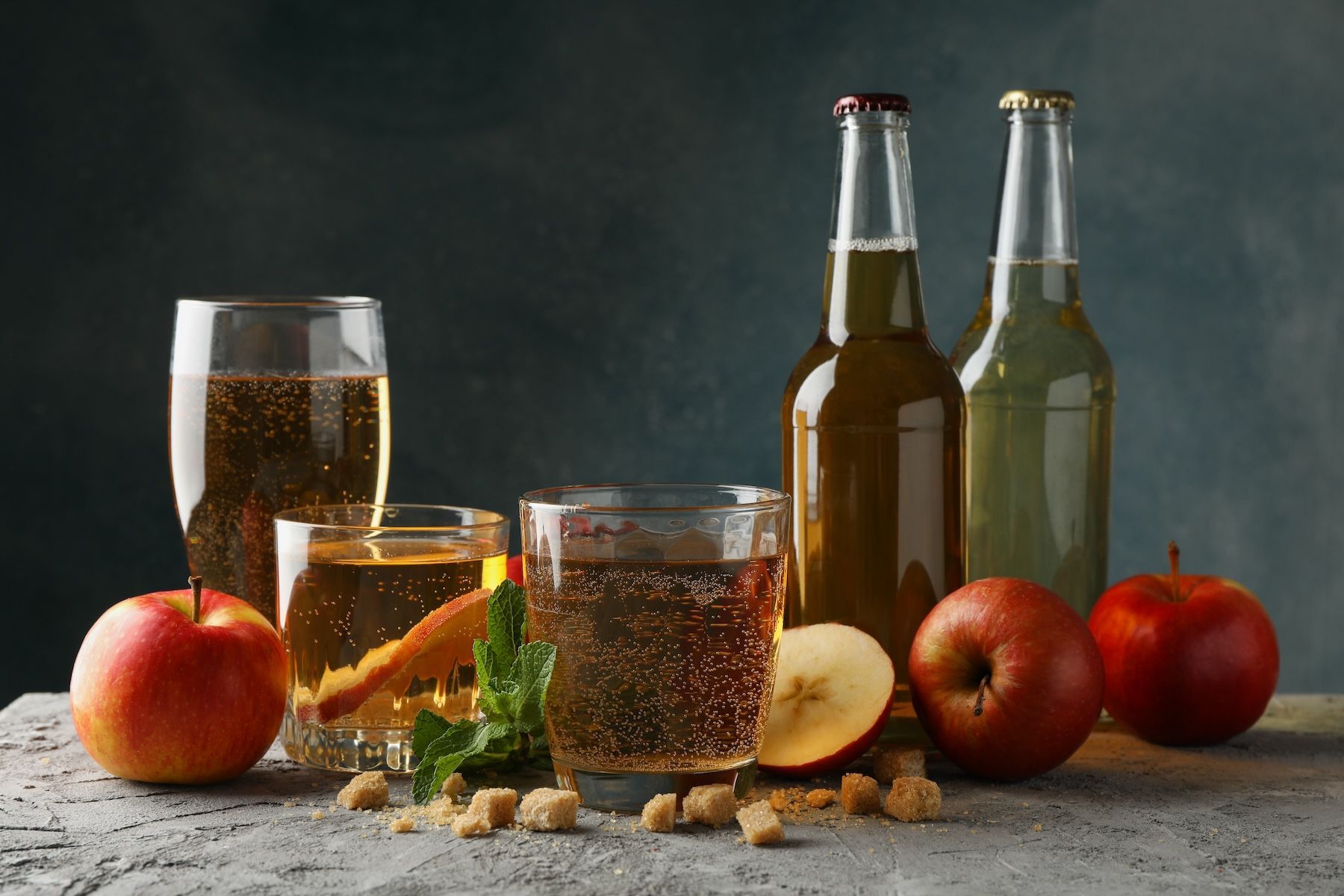


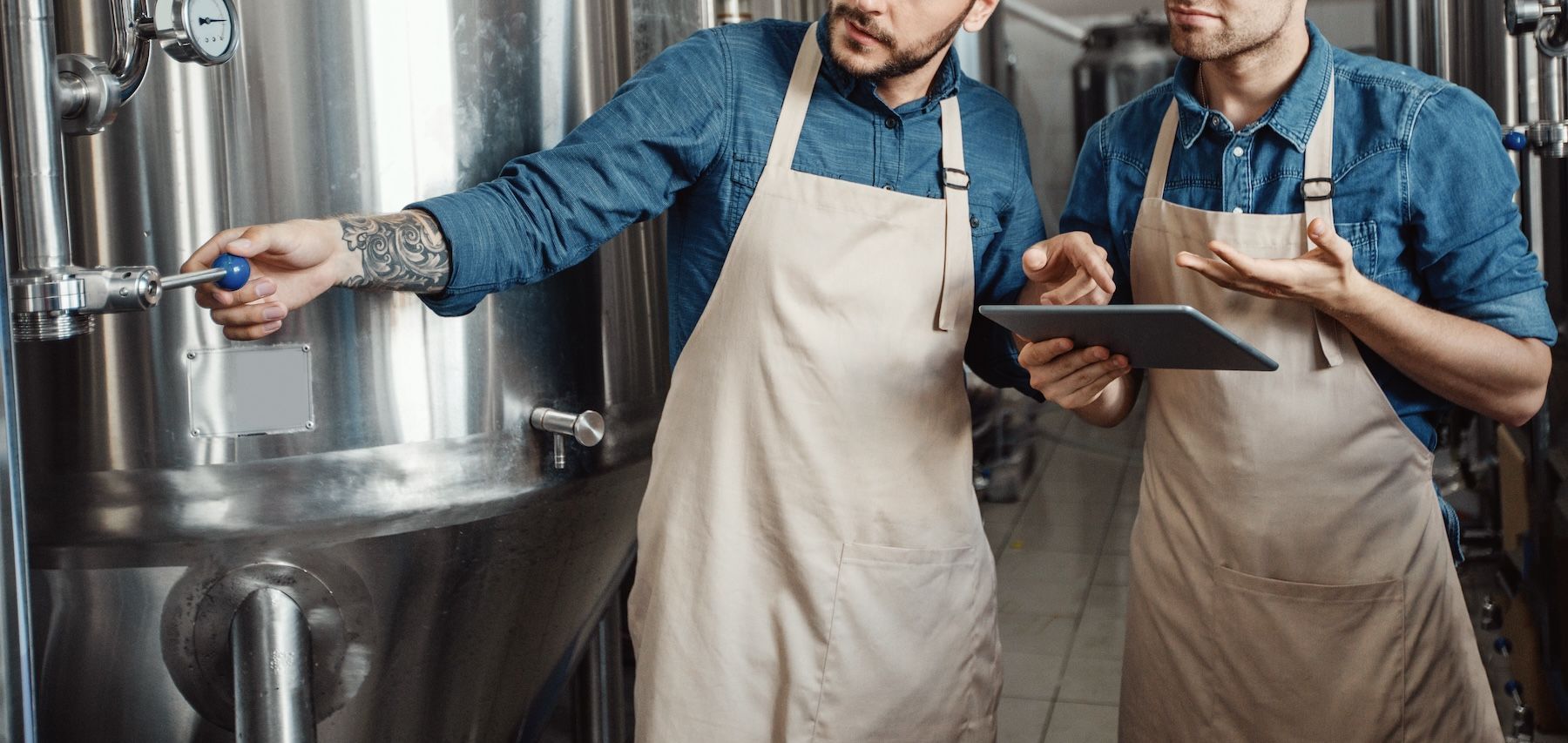
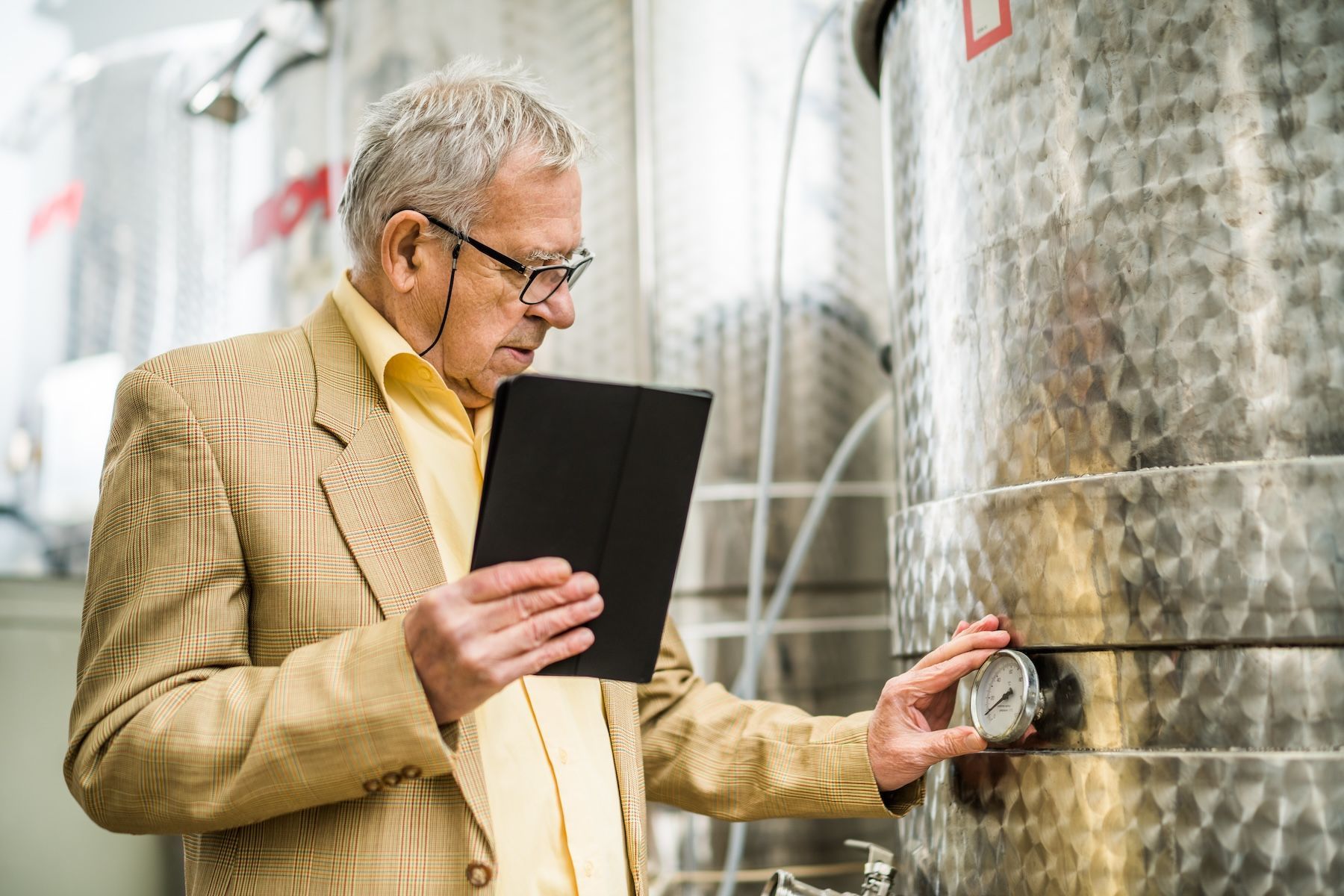
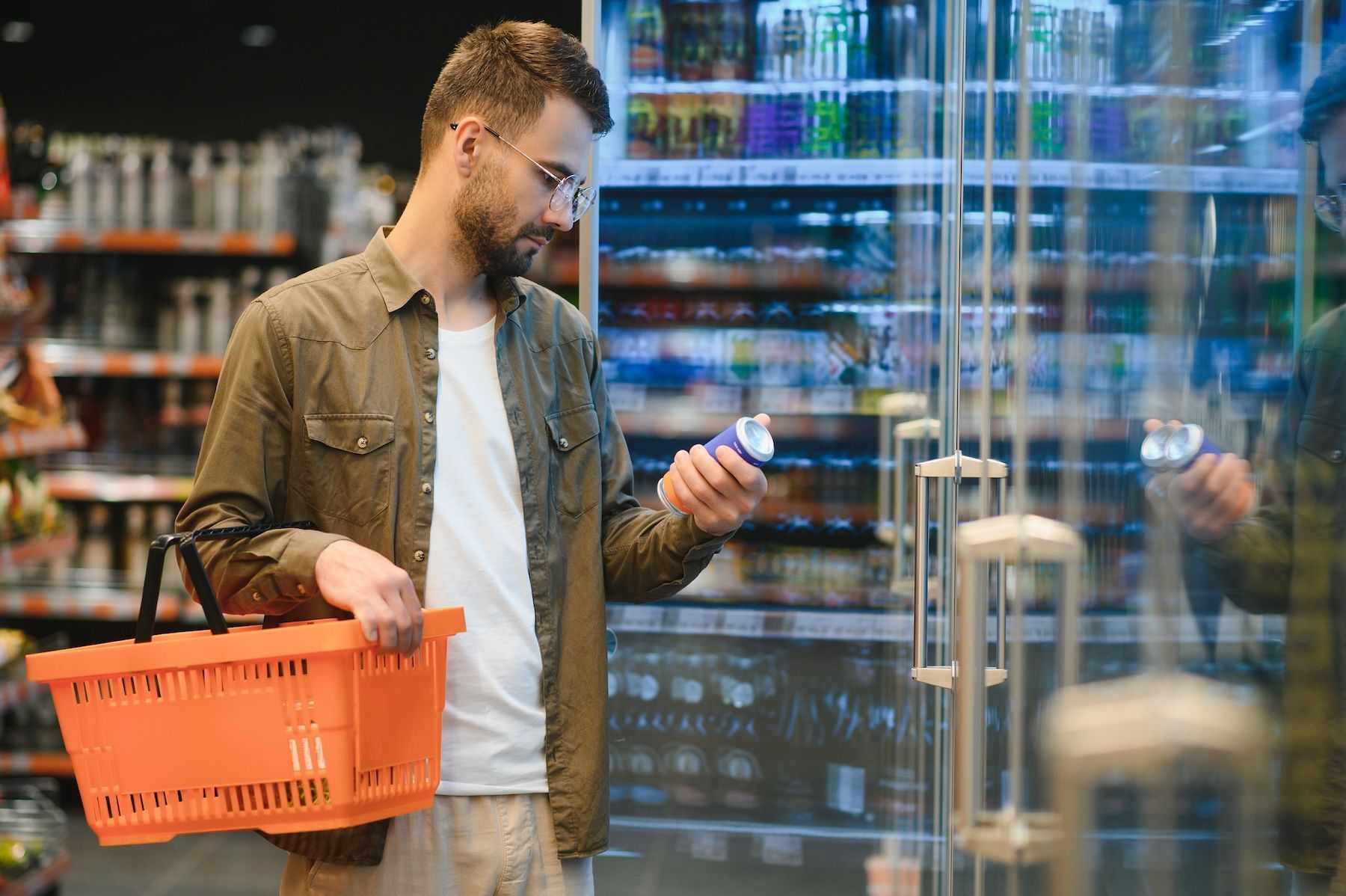

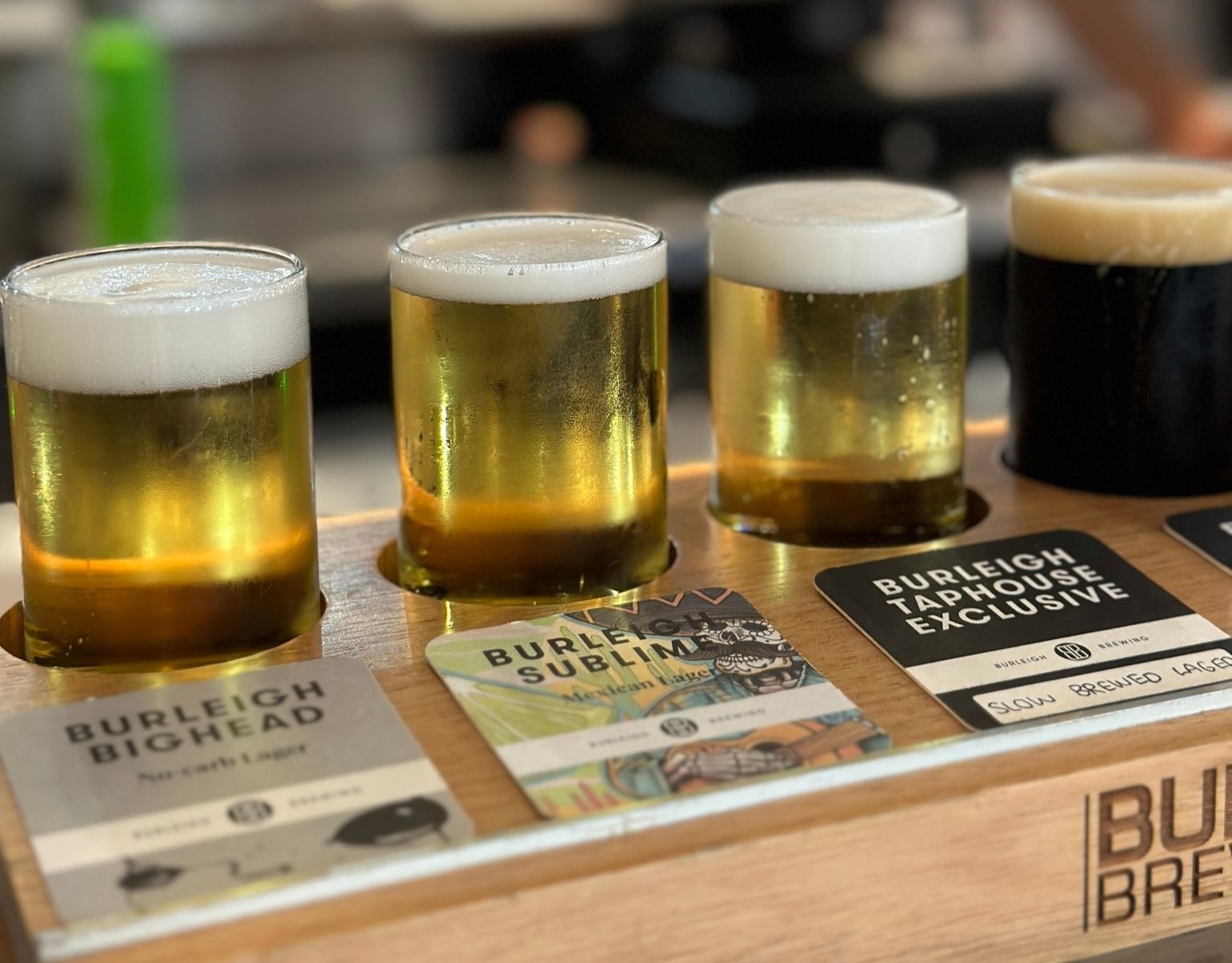
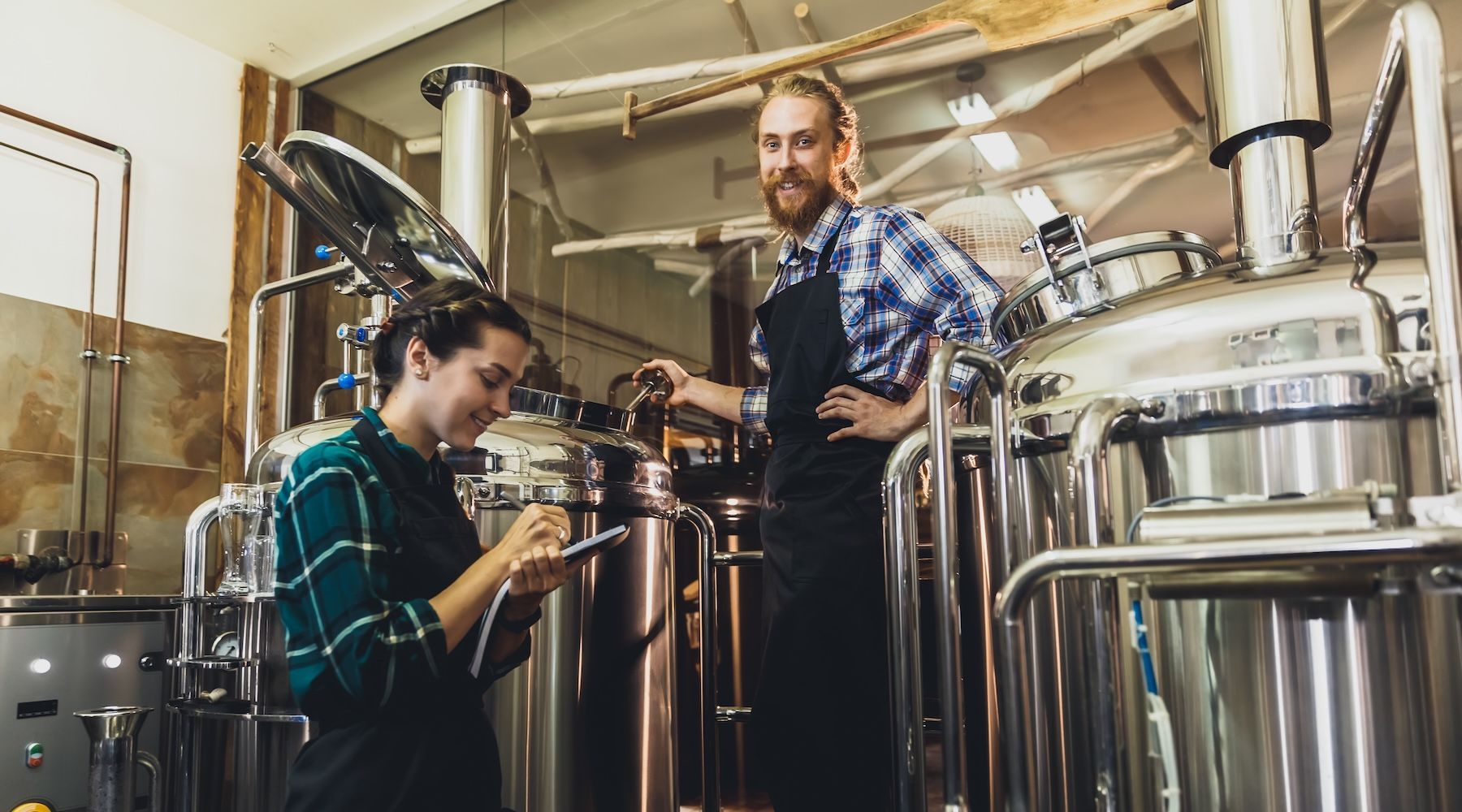
GET IN TOUCH
1512 Larimer Street, Suite #150
Denver, CO 80202
United States
(720) 699-0200
66 Goulburn Street
Sydney, NSW, 2000
Australia
+61 2 9044 1330

